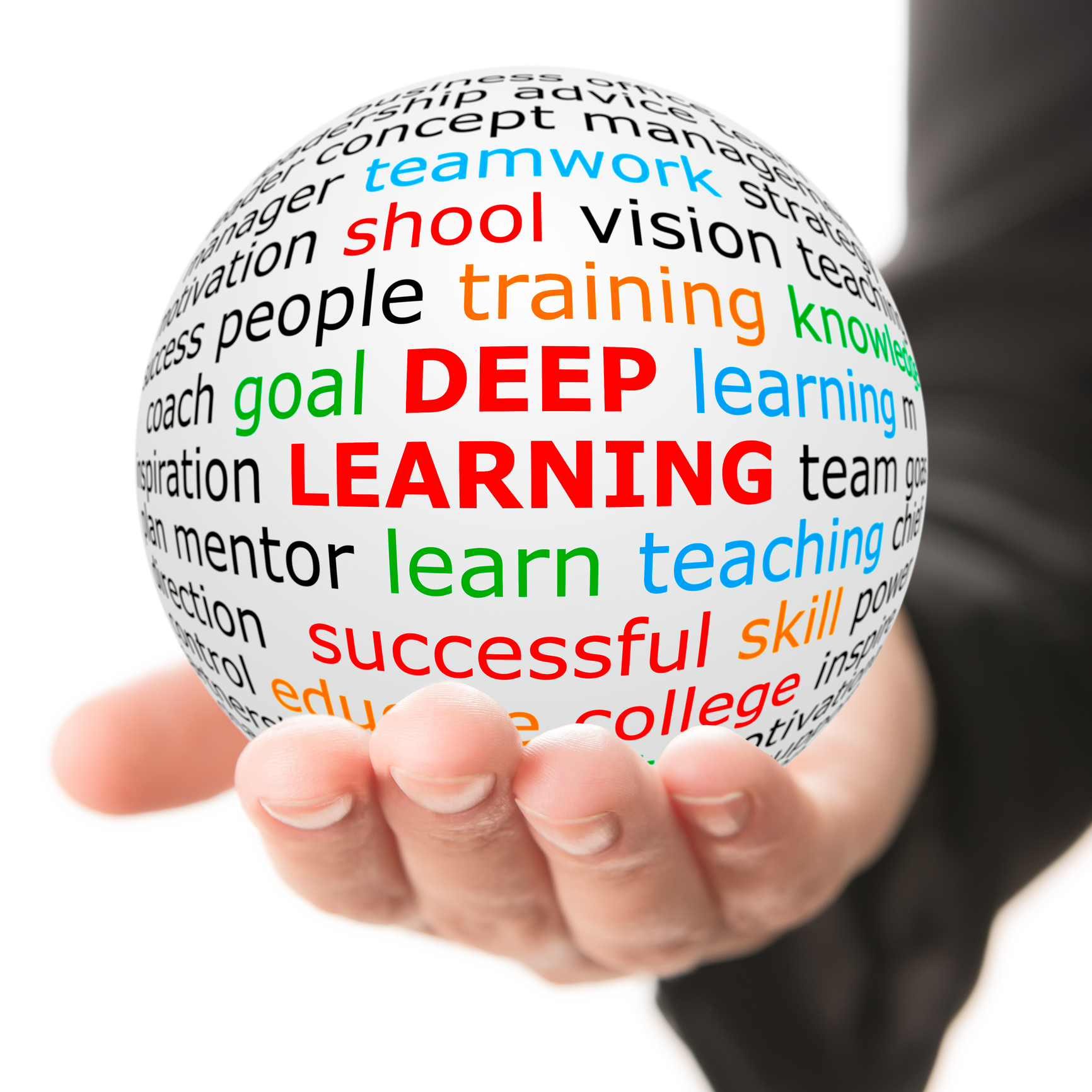
What goes around in the technology sphere sometimes comes around many times before it finally works and delivers value to consumers or enterprises. That is certainly true for the related fields of AI (Artificial Intelligence), Machine Learning and voice processing. These all seem to be coming together now over 60 years after they were first proposed around 1954 by the US government as vital tools in the Cold War against the old Soviet Union. The ambition then was to translate and interpret Soviet technical documents and scientific reports almost instantly by exploiting the ground-breaking work on grammar by linguist Noam Chomsky. Despite huge investment from the US this failed abysmally because although these early systems could cope to some extent with grammar, machines could not get to grips with context or metaphor and rendered "the spirit is willing but the flesh is weak." as "the vodka is good but the meat is rotten” after translation from English to Russian and back again.
During the intervening six decades, AI and voice processing have surfaced again from time to time but only recently has significant progress been made, largely by combining subtle advances in Machine Learning with the immeasurably greater computational power and working memory now available. Equally importantly, such resources are now available in much smaller form factors like smart phones or dedicated personal assistants so that the technology can be made available conveniently to consumers rather than just governments and large enterprises.
As a result, the big Internet players have piled in with personal assistants of some kind described as based on AI or even machine learning, enabling them to become better over time at recognizing and acting upon the spoken commands of their users. Amazon has Alexa, Apple Siri, Microsoft Cortana and Google its Assistant. These are software based and not tethered to any single device, but these big tech companies do have their own integrated products competing on looks as well as capability. Interestingly Amazon has stolen a march on the others by harnessing its ecosystem, which has been Apple’s strength until now. It has been able to draw on its massive AWS (Amazon Web Services) cloud infrastructure to exploit huge scale and power for machine learning, nearly all of which takes place in the cloud, keeping the load on the client device as light as possible. Evidence to date suggests that Google and Microsoft, as well as Apple, are struggling to keep up, simply because Amazon has greater cloud power behind it.
The utility of personal assistants will not be confined just to understanding what users want and even engage in rudimentary conversation. There is intelligence bound up in the back-end response engine, which responds to commands from the user after they have been parsed by the voice system. There is indeed endless scope for innovation in the services that can be provided, going way beyond just mimicking what can be done today in terms of accessing TV services or browsing the web. The real potential of personal assistants will lie in automating many day to day tasks and operating across all of a user’s electronic touch points, including connected cars, laptops, tablets and even public computers after the user has signed in, as well as IoT devices in the home and the TV itself. The secret for success will lie in the ability of personal assistants to learn and become attuned to the preferences and habits of the user. The hub of innovation will reside in the AI and Machine Learning software at the heart of a personal assistant.
For pay TV operators and broadband providers the message is clearly that finally intelligent voice processing and response is imminent, if not here already. They need to be in on this, or else it will be another stick for GAFAN (Google, Apple, Facebook, Amazon and Netflix) to beat them with. However, it can also become a source of competitive advantage for operators that act now. It should be a natural extension of the analytics they are applying already to understand their users better. AI and Machine Learning can exploit and feed analytics systems to improve recommendations to users and take actions to combat churn.
Some operators will be looking to their providers of software for home gateways, hubs and set top boxes for help deploying voice driven UIs and intelligent assistants. Most vendors are already active in this space, like for example Divitel, Kaonmedia or SoftAtHome.
AI and Machine Learning will also help improve the viewing experiences in other ways than just allowing users to lounge back in their seats and bark orders to the TV. Some of the bigger players are applying it to recognize objects in video, with scope for classifying content more accurately so that recommendations can be fine-tuned. This could help bring on object based video, which will have applications way beyond the UI to include video editing and image recognition systems applicable in robotics and autonomous driving. But at the rate at which home entertainment and services are evolving, operators need to at least keep abreast of innovations across the whole of AI and Machine Learning as they apply to video and home automation.

Vous devez vous connecter pour laisser un commentaire.